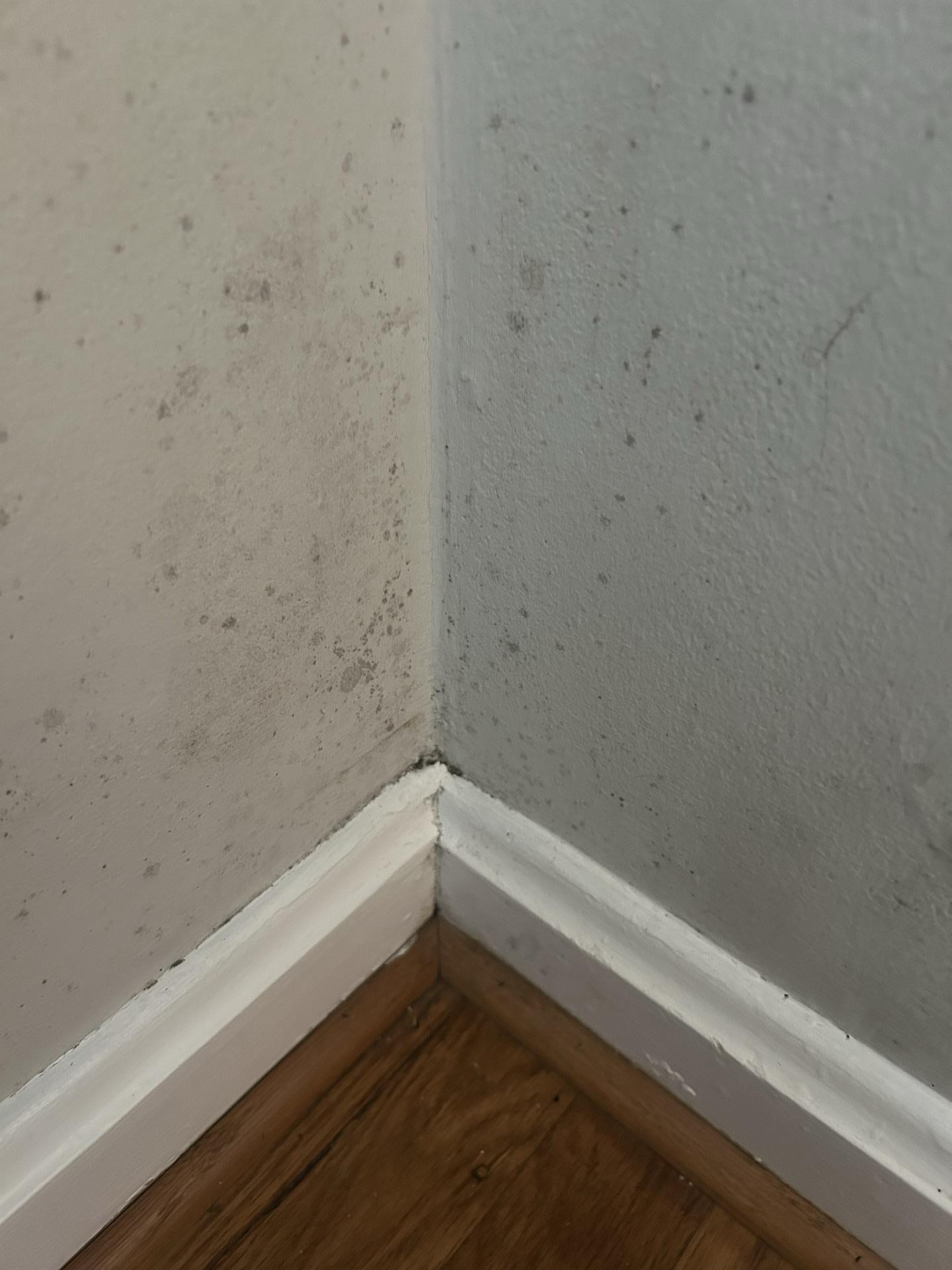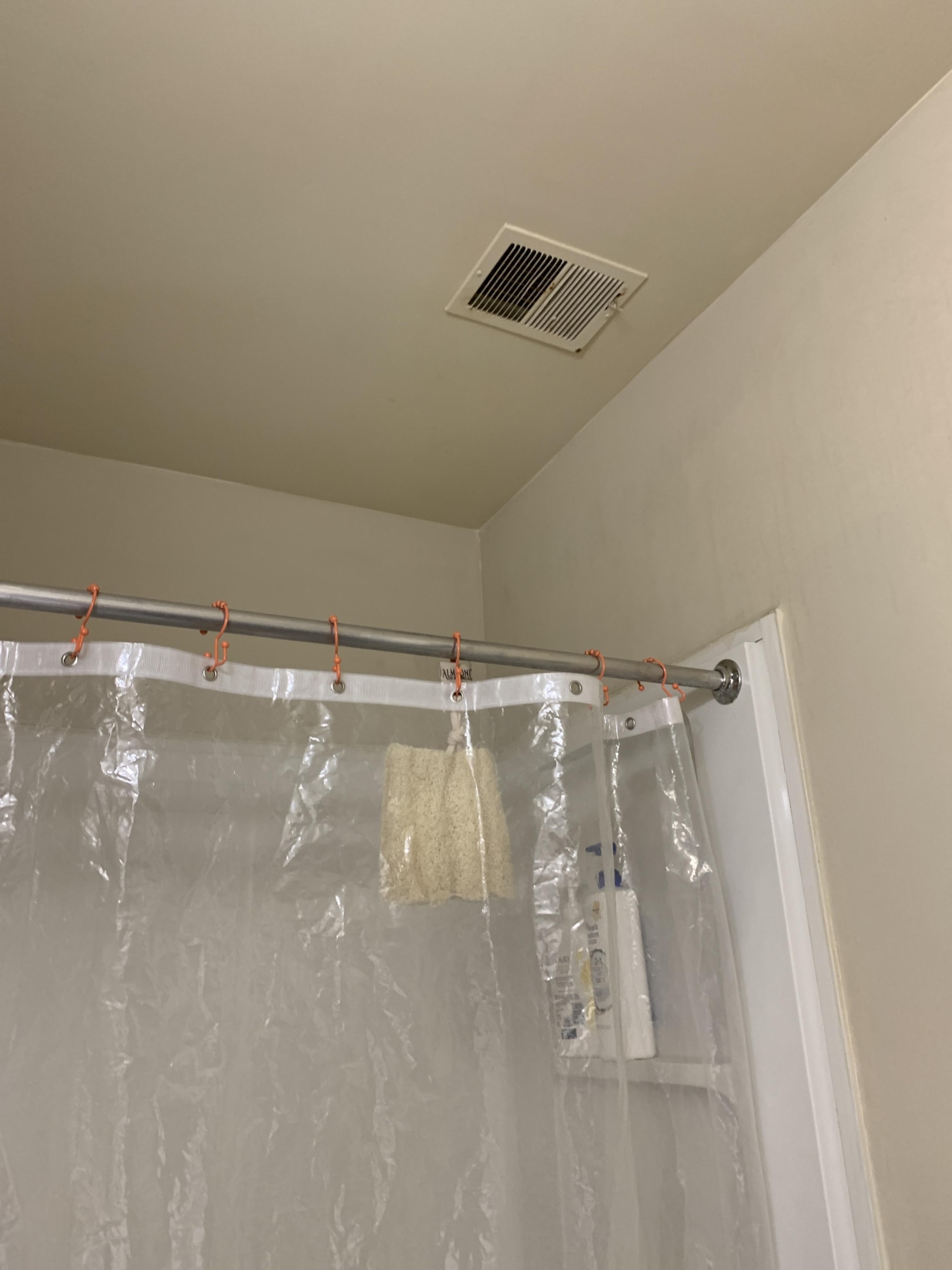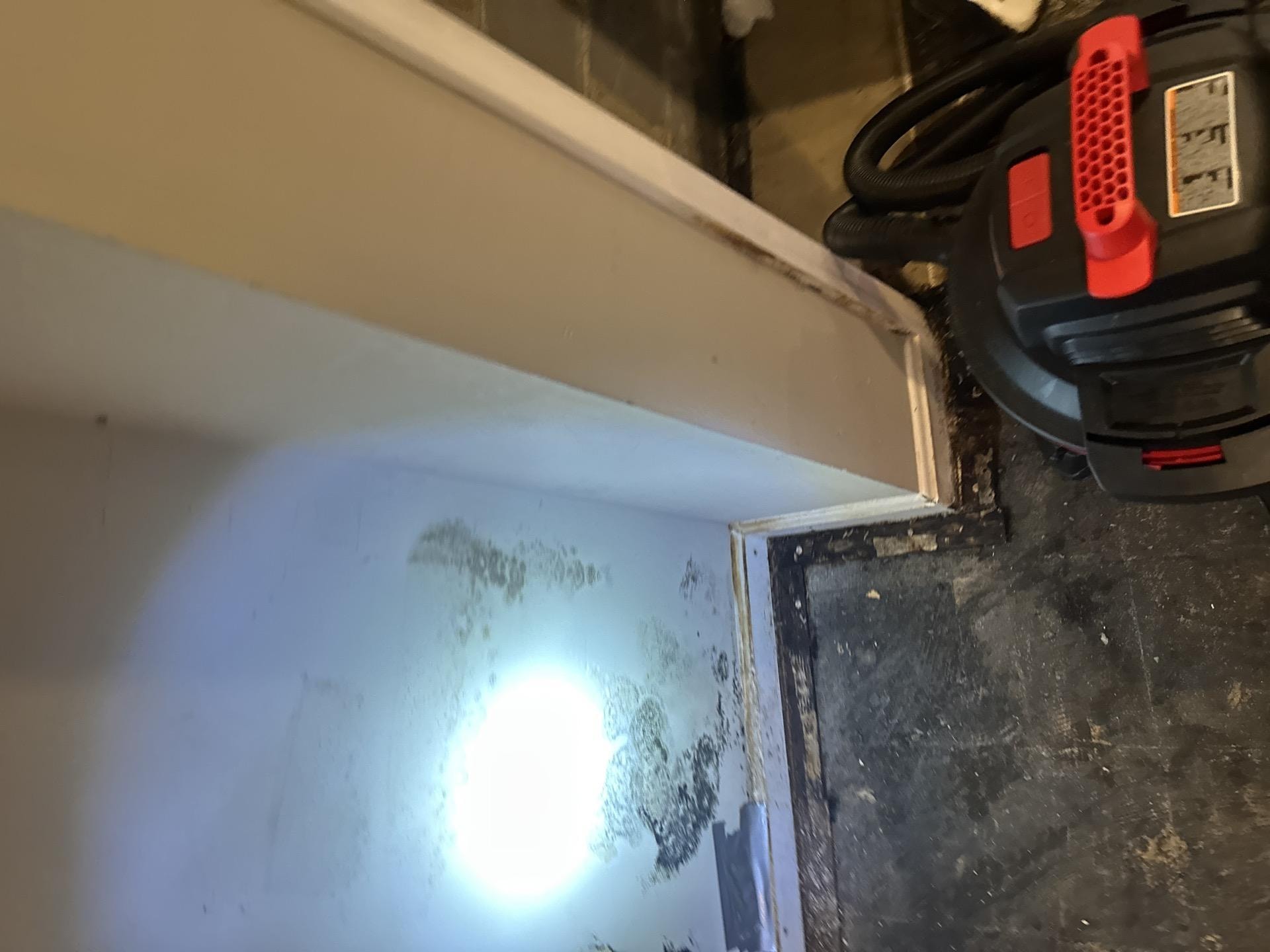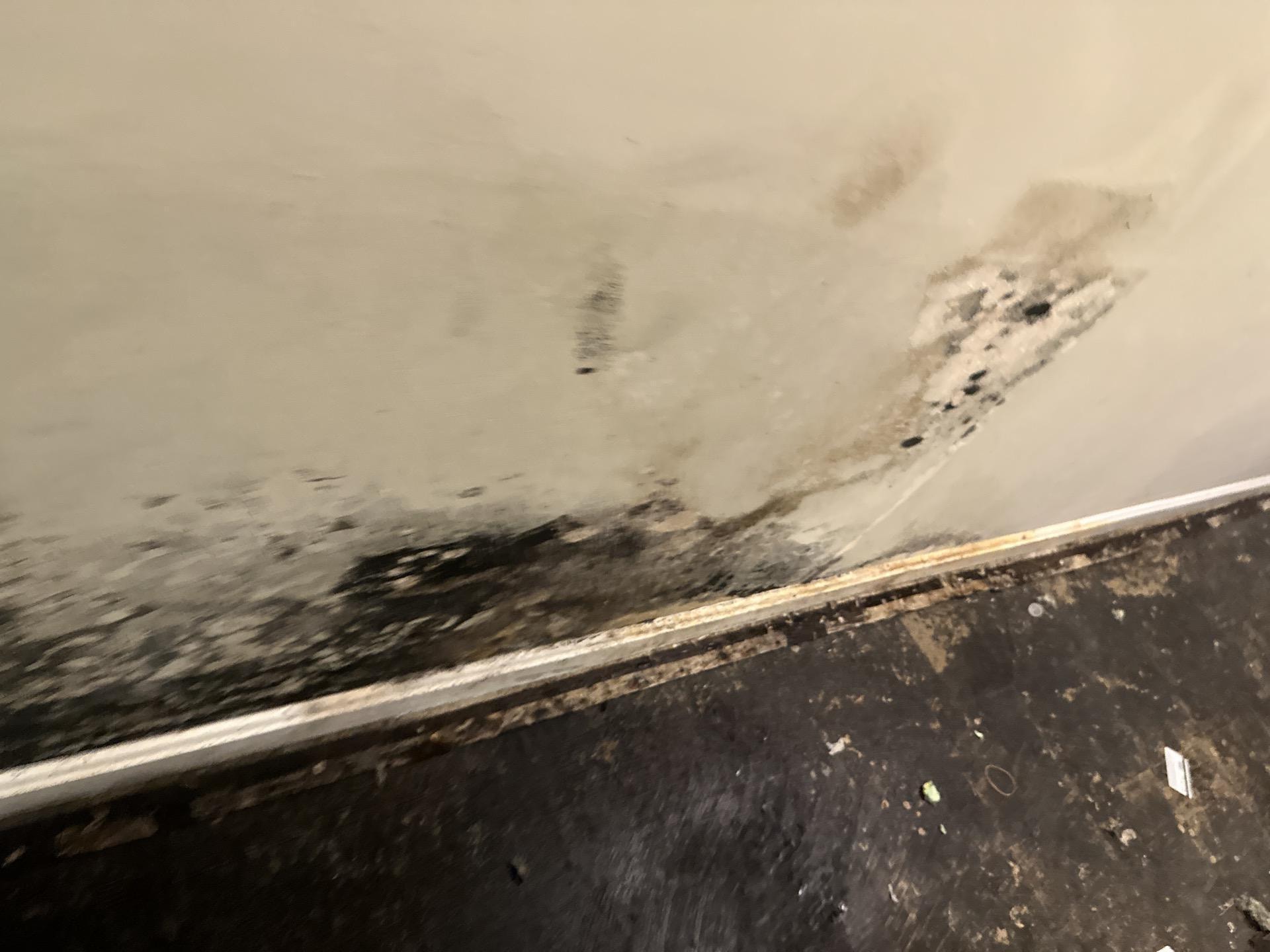What Does a Mold Remediation /Removal Company Do: A Guide For Towson Maryland Residents
Author Bio : Jeff Cohn Baltimore Maryland and Washington DC .
Hi , Jeff Cohn here with SI Restoration a mold removal remediation company . We have been in business since 1989 and have served the Baltimore Maryland area for over 35 years . Jeff graduated from the Park School and University of Maryland .
. If you have questions on this article or would like a free consultation on your blood cleanup or crime scene cleanup issue in Baltimore Maryland please call him day or night at 410-458-5371 .
When you find mold in your home, a removal company can help. They assess the problem, contain it, remove the growth, fix moisture issues, and make sure your space is safe again. This guide explains, “What does a mold remediation company do?” and why it’s important for a healthy home.
Quick Facts
-
Mold remediation companies do thorough inspections and assessments to identify growth types and develop treatment plans while addressing moisture issues to prevent re-growth.
-
Containment is key to preventing mold spores from spreading during the remediation process, using plastic sheeting and negative air pressure.
-
Post-cleaning testing is crucial to verify mold removal and ensure indoor air quality, along with choosing a reputable remediation company with proper certifications and clear communication.
-

What a Mold Remediation Company Does
A mold remediation contractor is essential for long term safety and health of your home or business. These companies have the expertise and equipment to handle even the worst mold infestations. They start by doing thorough tests to identify the type of mold and deliver a report. This first step is important because different types of mold require different cleaning methods.
Mold remediation companies follow a multi-step process to treat toxic mold, protect areas from future growth and remove hazardous materials. They don’t just clean visible mold; they address moisture or humidity issues that cause mold to grow. Fixing the source of water damage and mold issues prevents re-growth, gives you peace of mind.
Choosing a cleaning company with proper qualifications and training is important for handling widespread and toxic mold. These professionals know how to keep unwanted mold levels natural and prevent future outbreaks. With their comprehensive approach you can trust your mold problem will be fully and properly resolved.

Inspection and Assessment
The first step in the abatement process is a thorough inspection and assessment of the mold situation. A mold inspection involves evaluating the property and talking to residents about the wetness history and any visible mold. This initial assessment determines the extent of the mold damage and what to do next.Inspectors use advanced tools like wetness meters and infrared cameras to detect hidden water levels that could indicate growth. Infrared thermal imaging is especially useful as it can show you damp areas in your home that are not visible to the naked eye. This technology allows inspectors to find the affected areas and potential problem areas that need attention, so a full assessment can be done.
A full mold inspection covers both interior and exterior of the property, including crawl spaces and HVAC systems. These areas are often overlooked but can harbor growth if not maintained properly. By inspecting every nook and cranny, professionals can find all sources of growth and mold and develop a cleaning plan.
Containment
Containment is a crucial part of the mold remediation process as it prevents mold spores from spreading to clean areas. One of the most common types of containment is limited containment which uses a single layer of 6-mil plastic sheeting for areas with moderate mold contamination. This method protects clean areas while cleaning is underway.
For larger contaminated areas, full containment is recommended. This involves double layer of sheeting and negative air pressure to ensure mold spores don’t escape the containment zone. Air scrubbers are often used to maintain negative pressure and filter out mold spores, further protecting indoor air quality.
Sealing the containment area is important to prevent spore leaks that could allow mold spores to escape. Moldy materials like drywall and insulation should be sealed in impermeable bags before removal to prevent spores from spreading to non porous surfaces. These containment methods are key to keeping mold levels safe and ensuring a successful remediation.

Mold Removal
Once containment is in place, the next step is mold removal. Mold remediation companies use various methods to ensure effective mold removal. Hard surfaces affected by mold should be scrubbed with detergent and water, then dried completely. This method removes mold spores and prevents future growth. It’s also important to remediate mold to ensure indoor air quality
Instead of using chlorine bleach which can be harmful, professionals use EPA registered fungicides like Moldstat for mold remediation. These fungicides are effective in killing mold spores and are safer for indoor air and people living in the house. Black mold should be cleaned by a professional due to its toxicity.After cleaning, all surfaces should be dried completely to prevent mold from growing again. This step is critical in the mold remediation process as residual water can cause mold to grow back. By following these mold removal methods, remediation companies can remove mold from your home and prevent future health issues related to mold.
Moisture Issues
Addressing water issues is a fundamental part of mold remediation. Mold remediation companies must find and fix the source of unwanted growth, like water damage. Fixing leaks and other water problems quickly is important to prevent serious health problems from mold.
Ventilating wet areas like bathrooms and kitchens helps control humidity and reduce mold risk. Keeping indoor humidity below 60% is key to mold prevention. Regular air quality testing can also help find airborne spores that can settle and grow in damp areas, preventing future growth where mold thrives.
Mold management requires controlling wetness levels. This includes dehumidifying affected areas and making sure everything is dry. Addressing moisture issues allows mold remediation companies to provide long term solutions and prevent future growth especially when dealing with a mold issue.

Disposal of Moldy Materials
Disposal of moldy materials is a critical step in the mold remediation process. Mold can penetrate porous materials making complete removal difficult; these items may need to be thrown out. Porous materials affected by mold often need to be discarded as they can retain spores and be a risk for future mold growth.
Moldy materials must be disposed of as regular construction waste if they cannot be salvaged. The last step of cleanup is safely removing and disposing of any hazardous materials used during the process. This ensures mold doesn’t spread to other areas during disposal.
Disposal of contaminated materials must be done according to strict EPA guidelines to be safe. Biocides like chlorine bleach are not recommended for routine mold disposal due to toxicity and limited effectiveness. Following these guidelines ensures mold remediation companies safely and effectively dispose of moldy materials using an epa approved biocide.
Post-Remediation Testing
After the mold removal process is complete, post-remediation testing is important to verify the cleanup was successful. Effective mold remediation includes air quality testing after the process to verify resolution is present . This step confirms the environment is safe and free of mold.After mold removal, air quality testing ensures spores are gone and the environment is safe. These tests can detect any remaining mold spores that can cause health issues especially for sensitive individuals. A successful post-cleanup air quality test means mold spore levels have returned to natural safe levels.
Reconstruction can only begin after clearance testing confirms the area is free of harmful mold levels. Thorough post-cleanup testing ensures long term safety and health of your home.
Last Steps in Mold Remediation
The last steps in mold remediation involve encapsulation and making sure all sources of mold are addressed. Encapsulation is using paint or similar materials to seal the area after mold removal. This is considered approved when most mold is removed and the area is dry.
Start with the most critical issues first, for example, in first place before moving on to the less critical ones, as they may be exposed and several steps above the surface.
Before encapsulation, it’s important to fix the source or cause of the mold. This ensures mold doesn’t come back after the remediation process is complete. The encapsulation phase involves applying a mold-resistant coating to inhibit future mold growth. Proper drying techniques are crucial to prevent residual moisture that could foster mold resurgence.
After:
-
Fix the source or cause of the mold to ensure it doesn’t come back after cleanup.
-
Apply a mold-resistant coating during the encapsulation phase to inhibit future mold growth.
-
Use proper drying techniques to prevent residual moisture that could foster mold resurgence.
After mold remediation and air quality testing, the last step is to safely remove any toxic substances. This ensures the property is free of harmful elements. Following these final steps ensures your home is mold-free and safe long term.
Choosing a Reputable Cleanup Company
Choosing a reputable mold remediation company is key to effective mold removal and prevention. Make sure the mold remediation contractor has industry-recognized certifications from organizations like the EPA and IICRC. Check online reviews and ratings on sites like BBB and Trustpilot to get an idea of the company’s reputation.
Look for companies that provide clear communication about their process and pricing. A reputable company should also offer satisfaction guarantees, means they care about customer service. Consider emergency services to address urgent mold issues quickly.Ask if the company handles insurance claims to help with the remediation process, and for more information, read about Does Homeowners Insurance Cover Mold? Following these tips helps you choose a reputable mold remediation company that will fix your mold problem and provide long term solutions.
Conclusion
In summary, mold remediation is a process that involves several steps. From initial inspection and assessment to containment, removal and post-cleanup testing, each step is important for mold management. Fixing moisture issues and proper disposal of moldy materials are also key to preventing future mold growth.
Choosing a reputable mold remediation company with the right certifications and good reputation ensures a thorough and effective remediation process. By being proactive and addressing mold issues quickly, you can protect your home and health from mold.
FAQs
What to look for in a mold remediation company?
When choosing a mold remediation company, look for those with industry-recognized certifications, clear communication and strong customer satisfaction guarantees, backed by good online reviews. This means you get a reliable service.
How do professionals find hidden mold?
Professionals find hidden mold by using advanced tools like moisture meters and infrared cameras to detect moisture levels that may indicate mold presence. This method ensures thorough inspection and accurate detection.
What is encapsulation in mold remediation?
Encapsulation is a crucial step in mold remediation that involves sealing the treated area with paint or similar materials to prevent future mold growth. By enclosing any remaining spores, it keeps the environment clean and safe.
Why is post-remediation testing important?
Post-remediation testing is important as it confirms mold spores have been removed, ensuring a safe environment free from harmful mold levels. This job confirms the remediation was effective and protects health.
How do I prevent future mold growth?
To prevent future mold growth, address moisture issues, ventilate well and keep humidity below 60%. Regular air quality testing in your home can also help control mold development.